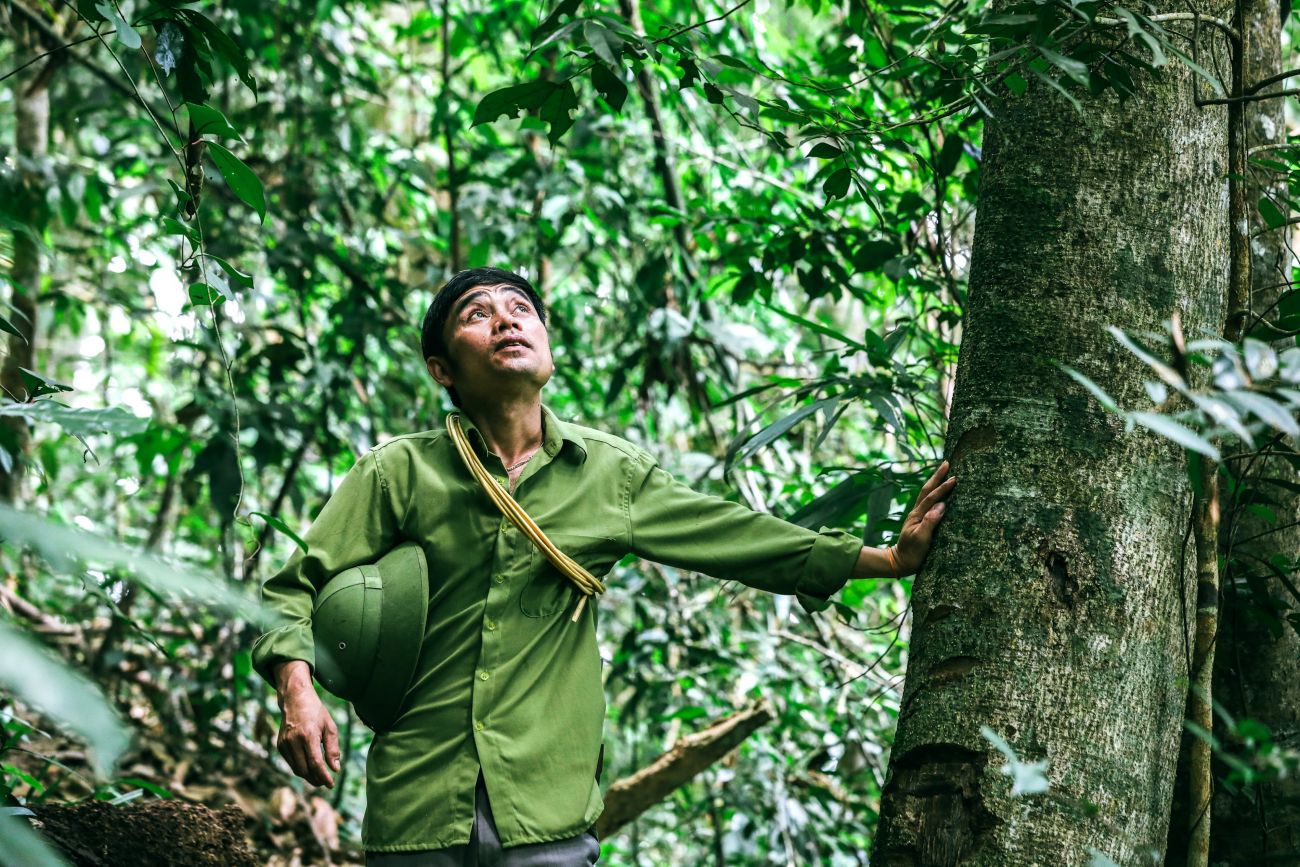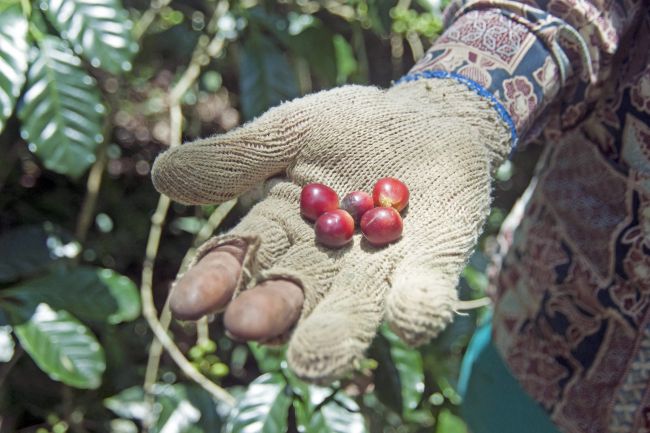

Community forestry can generate and strengthen the human, social, natural, financial and physical assets that underpin sustainable livelihoods and directly contribute to people’s resilience. These assets are mutually reinforcing and, as each asset improves, the overall potential for community forests to support livelihoods increases. This creates scope for reinvestment of money and labour and raises the adaptive capacity of the participating communities.
The surveys found that economic and livelihood activities continued in the community forests despite the lockdowns that governments had imposed. This highlights the way that community forest members’ proximity to forests and their rights to them have enabled households to maintain and secure livelihoods during the pandemic.
“Our research reinforces the importance of expanding community forests and improving land tenure systems to ensure that local community members have clear and strong rights over forest resources,” says Ronnakorn Triraganon, RECOFTC Senior Strategic Adviser. “We recommend ramping up capacity-development programs for community forest members. They need stronger skills to raise and manage more funds and restore and improve the quality of the forest resources they manage. Stronger skills will help them recognize and address social disparities and find ways to help their communities cope in any future disasters that may strike.”
Across the seven countries, however, community forestry enhanced people’s resilience after the onset of pandemic restrictions to different degrees and in different ways.
Click any image to enter media gallery
The survey findings reveal that certain foundational factors that influence the potential for community forestry to enhance livelihoods were not present in all contexts. For example, the size and quality of forests that communities manage were major factors in determining both natural and financial assets. The right to generate income by selling timber, and not only non-timber forest products, was another factor that varied among the surveyed communities.
“The pandemic is far from over,” says RECOFTC Executive Director David Ganz. “Strengthening community forests now will help build the resilience of marginalized people to endure the ongoing social and economic disruptions. The study also makes a strong case for putting support for community forestry into post-pandemic recovery plans.”
If we had a credit scheme, people would use loans to add value to bamboo shoots, have more teak plantation plots and support agriculture or vegetable farming. – Chanthy Khammoungkhoun, Koklouang Village Forestry Unit, Lao PDR
For example, community forests are well positioned to stimulate economic recovery through their local credit schemes. These schemes enable members to affordably invest in agricultural production and other livelihood activities. Cash injections to such schemes, delivered through economic stimulus packages, would ensure that money reaches communities in need and enters local economies. The interest paid on loans would then increase the funds available for future loans. It would all further strengthen a community forest’s financial assets.
“If we had a credit scheme, people would use loans to add value to bamboo shoots, have more teak plantation plots and support agriculture or vegetable farming,” says Chanthy Khammoungkhoun of the Koklouang Village Forestry Unit in the Lao PDR.
As the survey findings indicate, however, not all community forests have the necessary financial structures and competencies to manage revolving credit schemes and disburse funds efficiently and fairly among members.
“COVID-19 recovery plans should focus on developing these capacities where they are absent,” says RECOFTC Lao PDR Director Bounyadeth Phouangmala. “Every community forest should have a strong credit system, with a disaster response plan and be able to serve as a safety net for its members in times of national crises.”
Enhancing protection, improving livelihoods
The forest protection patrols in all seven countries underscore the idea that by strengthening social cohesion and providing legal tenure to local people, community forestry can be a key approach to preventing illegal activities. The ability of communities to prevent forest crimes would be enhanced if governments, development partners and civil society organizations provide support to strengthen the capacity of community forestry groups to perform this role.
“If we hadn’t formalized the community forest, I am sure that it would have vanished like the surrounding area that is now private farmland, which no one from the community can enter to harvest forest products,” says Ton Mean, head of the Samaky Trapang Totim Community Forest in Cambodia.
“The quality of our forest has improved. Although we cannot say it is 100 percent protected because illegal logging still happens,” he adds. “We will keep working to protect the forest as usual, based on the management plan, for instance, by patrolling, restoring degraded areas and so on. With these efforts, we hope to generate more income from community forestry in the near future.”

When RECOFTC asked community forest members what they most needed, two-thirds said they wanted training to improve their livelihoods. Providing equipment as well as training in product development, marketing, and enterprise development and management would help forest communities add value to their forest resources and increase their financial security.
“We would like to develop livelihood models,” says Luong Van Nguyen, Muong Phu village chief in Viet Nam. “Many people lack working skills. It would be very good if there were training programs that help them gain job opportunities, such as repairing electric equipment, doing carpentry or cattle farming.”
Three-quarters of the respondents to the initial RECOFTC survey said that selling agricultural products was one of their main sources of income. This highlights the potential for integrating community forestry into wider landscape management, including through agroforestry approaches to boost food security and nutrition.
Boosting support for community forestry should not only help countries as they emerge from the pandemic but also strengthen resilience to future shocks, whether in the form of future pandemics or the continuing impacts of climate change. – David Ganz, RECOFTC
At the same time, community forestry allows them to protect, restore and sustainably use the forest resources. Increased donor support and technical assistance for forestry training and jobs in forest land restoration and management can improve forest carbon storage and productivity. This would also help mitigate climate change impacts and increase the benefits that forest communities receive from their land.
“Boosting support for community forestry should not only help countries as they emerge from the pandemic but also strengthen resilience to future shocks, whether in the form of future pandemics or the continuing impacts of climate change,” says Ganz. “Science tells us that both kinds of shocks will become more frequent unless urgent action is taken to address forest loss. Community forestry offers a route to addressing the causes and limiting the consequences of these global challenges at the same time.”



